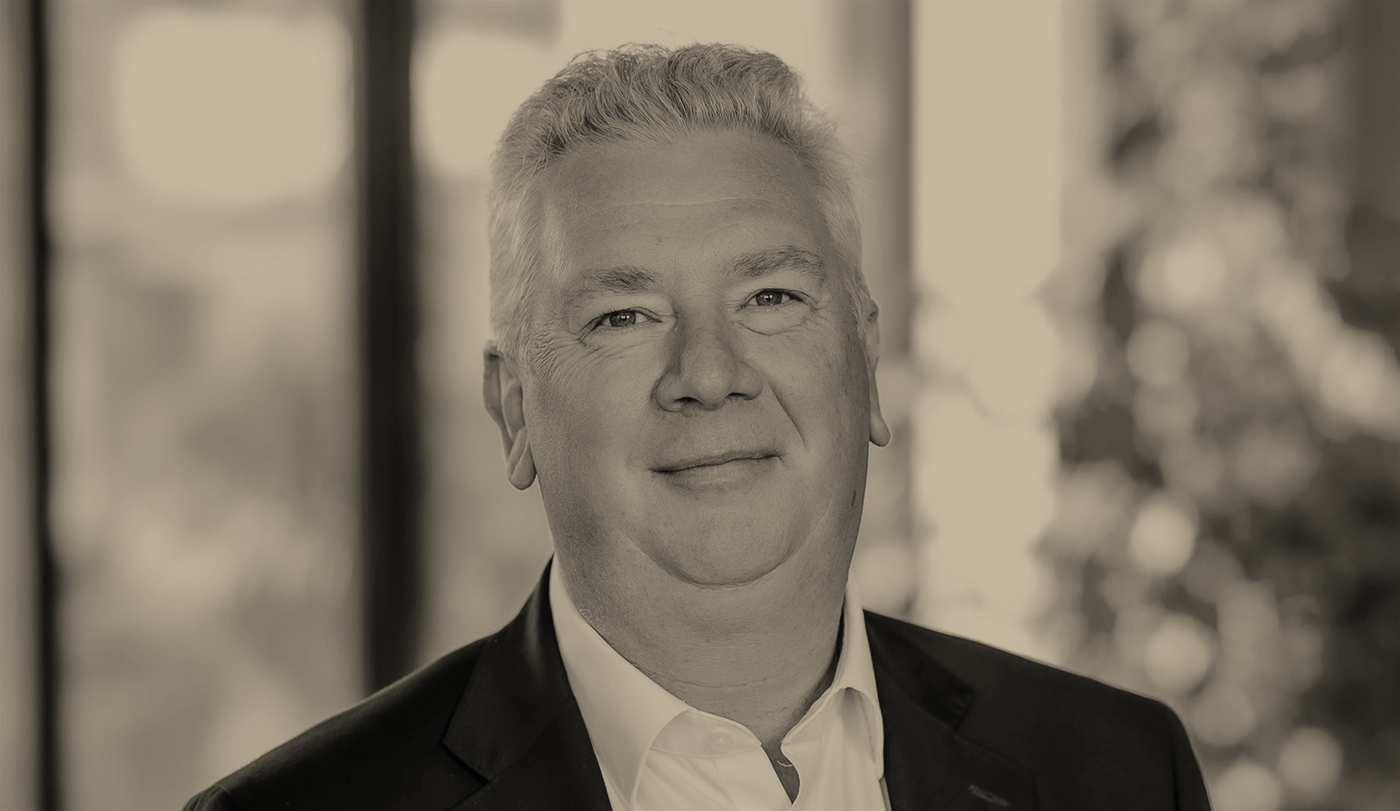Sarasin & Partners head of UK sales Christopher Cade discusses where the firm is anticipating demand from wealth managers, the nuances of ESG and responsible investing and ‘agent as client’ relationships
Where – and why – are you anticipating demand or fund flows from UK-based wealth managers and their clients over the next 12 months?
We continue to see the use of passive investment vehicles by the retail and wealth manager markets but are also seeing demand for truly active strategies being used to blend in core-satellite strategies. Any active strategy needs to demonstrate a strong and robust process, delivering consistent performance against the fund’s objectives.
In the retail IFA space, the weight of extra regulation favours an outsourcing of investment management to multi-asset funds and discretionary fund managers. Post-SDR – and as more becomes understood about what meets client’s needs with regard to ESG preferences – buyers are also looking for funds with strong ESG characteristics but not necessarily with SDR labels.
How are you planning to address and serve that interest?
Sarasin has recently launched a unitised version of our successful model portfolio service. These managed funds have been introduced in response to client demand and to address recent changes to capital gains tax affecting portfolios that are not held within an ISA, pension or other life wrapper, such as onshore and offshore bonds. In addition, having a long history of integrating ESG into our investment process, we continue to market our responsible range of funds, including Responsible Global Equity and Responsible Corporate Bond.
As a business, how do you define ‘alternative’ and ‘private’ assets and to what extent should asset managers be looking to service investor demand here?
We define alternative as anything that is not cash, government bonds, investment-grade bonds or listed equities. Private assets we would simply define as those that are not traded on public markets. For our model portfolio service, we are acutely aware the end-user is a retail investor and therefore we only use daily-priced UK authorised unit trusts and Oeics that match the target market requirements.
This can still include alternative strategies as long as they are structured appropriately, are available on all the necessary platforms and offer daily liquidity. Our private clients and charity investors have benefited from our use of alternatives for some years.
More recently, we have seen greater interest in private markets, due largely to unlisted and privately-owned companies coming to the listed market a lot later in their evolution. Sarasin Bread Street, a dedicated private markets company within the Sarasin Group, offers products and services we introduce to our clients with the appropriate risk appetite and where there is longevity to cater for the illiquid nature of these markets.
‘ESG is dead – long live ESG 2.0’ – your thoughts as a distributor, please?
ESG has been a core part of Sarasin’s investment process for many years. We are active shareholders who conduct policy outreach and use our ESG research to assess the risks companies face in relation to ESG. Our clients expect us to consider the ESG risks when assessing companies and to actively engage where we feel they could do better. As such, we do not believe ESG is dead at all – rather, it may now have become part of the investment processes of the majority of asset managers and is therefore much more mainstream.
Investing with ESG in mind is not the same as sustainable investing and this has been clarified through the recent introduction of SDR labels, where you need a clear sustainable objective for the fund and must meet a robust, independent and measurable standard. Sarasin has elected not to apply an SDR label to our funds at present but adheres to the ‘name and marketing’ rules, using the term ‘responsible’ in the name, which we feel represents our products correctly.
What drives your approach to communicating with your investors? And is there a case for focusing on attracting the ‘right’ type of client?
Traditionally, Sarasin has attracted sophisticated investors who are looking for a thoughtful approach to investing their capital. As such, we understand the importance of clear and honest communication and have won many awards for our client reporting in the past.
For our charity and private clients, we provide high-touch communication with appointed account directors offering regular meetings, quarterly reporting and a great deal of written and online material through our client app and client portal.
Regarding the ‘right’ type of client, we offer a global thematic approach to investing in direct equities, plus fixed income and alternatives – all within strategic benchmarks. The majority of our clients are intermediated with the adviser placing clients with us who are looking for a sophisticated result-oriented approach to their wealth management. These services start at £500,000 per family unit.
For financial advisers using our model portfolio service, we adopt an ‘agent as client’ relationship – with the financial adviser being the client. Again, we provide high-touch communication, with business development managers offering regular updates, together with written and digital communication they can use to inform the underlying investor.
Regular online updates are available on our global macro views, along with performance attribution, and we provide a wide range of client-facing literature and material. As we do not offer any financial planning services, we are looking to partner with financial advisers wanting a true partnership with their outsourced investment manager.
Outside of work, what is the strangest thing you have ever seen or done?
I was lucky enough to go whale-watching off Monterey, California, a few years ago where we came across two young humpbacks, who were extremely interested in our boat. They spent as much time looking at us as we did at them, which was fantastic. You got a real sense of their intelligence when you could see them so up-close.
May we have two book recommendations, please – ideally, one with an investment connection?
I’m currently reading The Red Queen by Philippa Gregory, which is about the mother of Henry VII, Margaret Beaufort, and her role in the rebellion that placed her son on the throne of England. In regards to an investment-related book, I’d recommend Red Notice by Bill Browder. It is an older book, I know, but a really good read – if not a bit scary!
Gazing into your crystal ball, what does the asset management sector look like 10 years from now?
I believe truly active managers will continue to co-exist alongside passive investing in the future, but they have to demonstrate a consistent and robust process that delivers a competitive, differentiated product.
Fund distribution will become more and more concentrated around wealth managers, DFMs, rating agencies, vertical integrators and consolidators who run their own internal products and CIPs. The cost of acquisition for asset managers in the retail IFA market means there will be less focus on regional IFAs and more focus on the companies who run an increasingly outsourced market.
“Post-SDR – and as more becomes understood about what meets client’s needs with regard to ESG preferences – buyers are also looking for funds with strong ESG characteristics but not necessarily with SDR labels.










